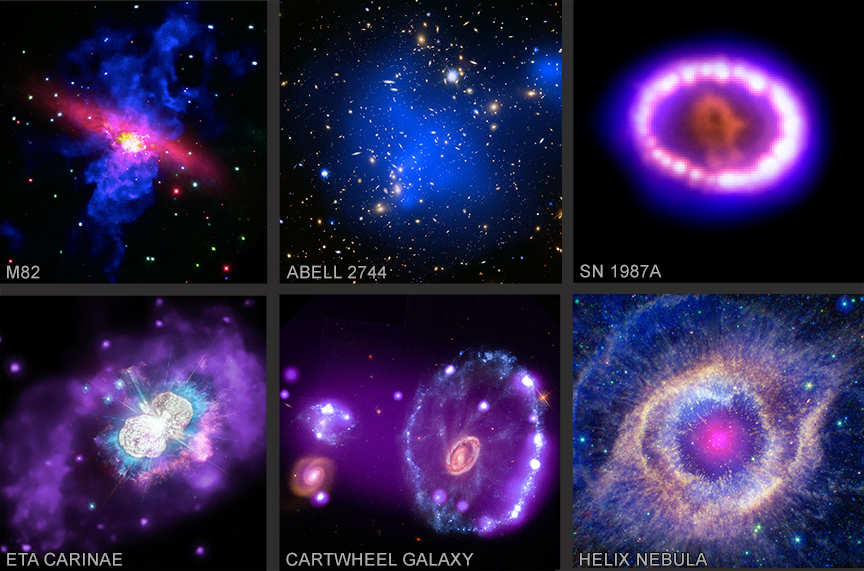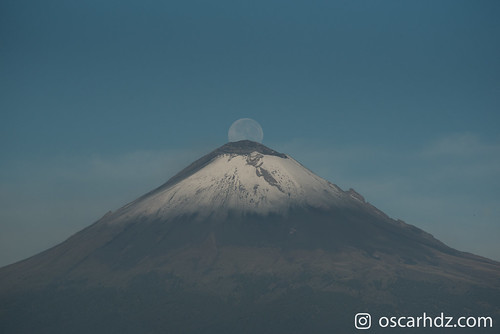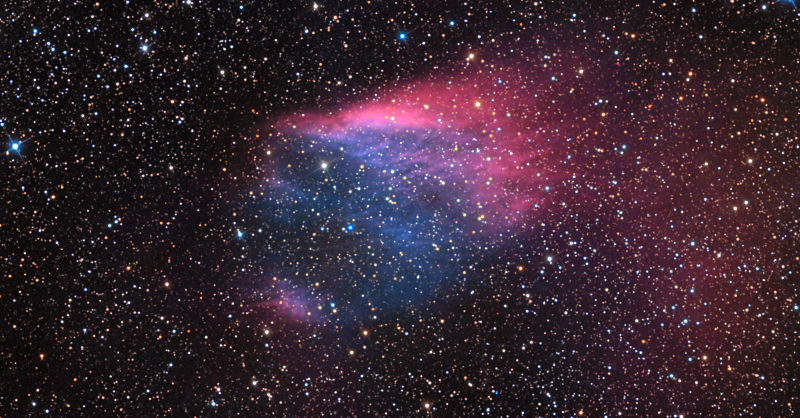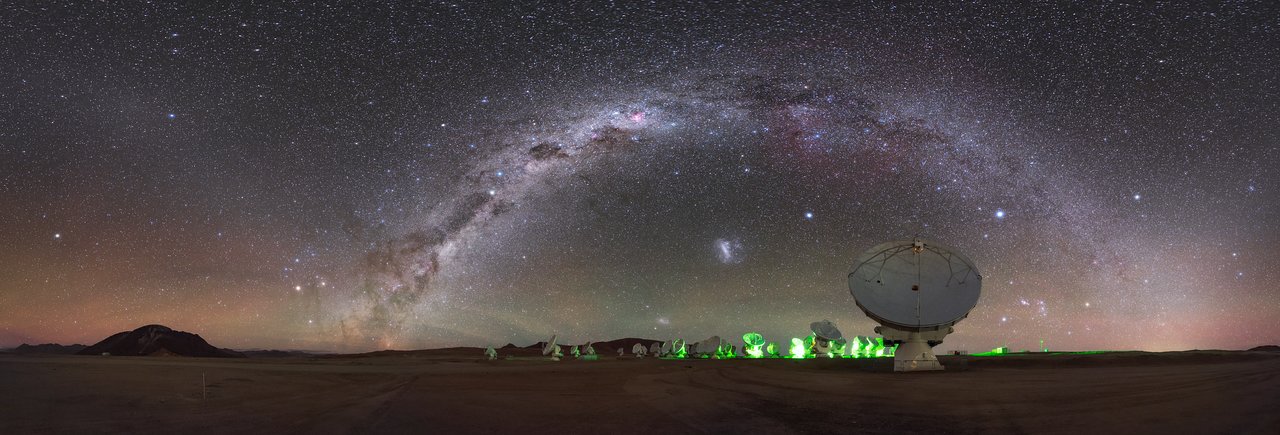Page 1 of 3
Found Images: 2020 September
Posted: Tue Sep 01, 2020 4:01 pm
by bystander
Have you seen a great image or video somewhere that you think would make a great APOD? Nominate it for APOD! Please post as much information here as you have about the image/video with a link to any source(s) for it you know of here, and the editors will take a look.
When posting the image itself, please do not post anything larger than a thumbnail here; please honor the copyright holder's copyright.
Please keep hotlinked images under 500K.
Thank you!
<< Previously
Re: Found Images: 2020 September
Posted: Thu Sep 03, 2020 10:13 am
by starsurfer
Re: Found Images: 2020 September
Posted: Thu Sep 03, 2020 10:14 am
by starsurfer
Re: Found Images: 2020 September
Posted: Thu Sep 03, 2020 10:17 am
by starsurfer
StDr 13
https://www.astrobin.com/axwn6w/
Copyright: Andreas Bringmann
Re: Found Images: 2020 September
Posted: Thu Sep 03, 2020 10:19 am
by starsurfer
WR 134 nebula
https://www.astrobin.com/pfjah5/
Copyright: Chris Sullivan
Chandra Opens Treasure Trove of Cosmic Delights
Posted: Thu Sep 03, 2020 3:40 pm
by bystander
Chandra Opens Treasure Trove of Cosmic Delights
NASA | MSFC | SAO | Chandra X-ray Observatory | 2020 Sep 02
Humanity has "eyes" that can detect all different types of light through telescopes around the globe and a fleet of observatories in space. From radio waves to gamma rays, this "multiwavelength" approach to astronomy is crucial to getting a complete understanding of objects in space.
This compilation gives examples of images from different missions and telescopes being combined to better understand the science of the universe. Each of these images contains data from NASA's Chandra X-ray Observatory as well as other telescopes. Various types of objects are shown (galaxies, supernova remnants, stars, planetary nebulas), but together they demonstrate the possibilities when data from across the electromagnetic spectrum are assembled.
M82: Messier 82, or M82, is a galaxy that is oriented edge-on to Earth. This gives astronomers and their telescopes an interesting view of what happens as this galaxy undergoes bursts of star formation. X-rays from Chandra (appearing as blue and pink) show gas in outflows about 20,000 light years long that has been heated to temperatures above ten million degrees by repeated supernova explosions. Optical light data from NASA's Hubble Space Telescope (red and orange) shows the galaxy. (
Credit: NASA/CXC/SAO, NASA/STScI, NASA/JPL-Caltech/SSC, ESO/NAOJ/NRAO, NRAO/AUI/NSF, NASA/CXC/SAO/PSU, and NASA/ESA)
Abell 2744: Galaxy clusters are the largest objects in the universe held together by gravity. They contain enormous amounts of superheated gas, with temperatures of tens of millions of degrees, which glows brightly in X-rays, and can be observed across millions of light years between the galaxies. This image of the Abell 2744 galaxy cluster combines X-rays from Chandra (diffuse blue emission) with optical light data from Hubble (red, green, and blue).
(Credit: X-ray: NASA/CXC; Optical: NASA/STScI)
SN 1987A: On February 24, 1987, observers in the southern hemisphere saw a new object in a nearby galaxy called the Large Magellanic Cloud. This was one of the brightest supernova explosions in centuries and soon became known as Supernova 1987A (SN 1987A). The Chandra data (blue) show the location of the supernova's shock wave — similar to the sonic boom from a supersonic plane — interacting with the surrounding material about four light years from the original explosion point. Optical data from Hubble (orange and red) also shows evidence for this interaction in the ring.
(Credit: X-ray: NASA/CXC/SAO/PSU/K. Frank et al.; Optical: NASA/STScI)
Eta Carinae: What will be the next star in our Milky Way galaxy to explode as a supernova? Astronomers aren't certain, but one candidate is in Eta Carinae, a volatile system containing two massive stars that closely orbit each other. This image has three types of light: optical data from Hubble (appearing as white), ultraviolet (cyan) from Hubble, and X-rays from Chandra (appearing as purple emission). The previous eruptions of this star have resulted in a ring of hot, X-ray emitting gas about 2.3 light years in diameter surrounding these two stars.
(Credit: X-ray: NASA/CXC; Ultraviolet/Optical: NASA/STScI; Combined Image: NASA/ESA/N. Smith (Univ of Arizona), J. Morese (BoldlyGo Instituts), and A. Pagan)
Cartwheel Galaxy: This galaxy resembles a bull's eye, which is appropriate because its appearance is partly due to a smaller galaxy that passed through the middle of this object. The violent collision produced shock waves that swept through the galaxy and triggered large amounts of star formation. X-rays from Chandra (purple) show disturbed hot gas initially hosted by the Cartwheel galaxy being dragged over more than 150,000 light years by the collision. Optical data from Hubble (red, green, and blue) show where this collision may have triggered the star formation.
(Credit: X-ray: NASA/CXC; Optical: NASA/STScI)
Helix Nebula: When a star like the Sun runs out of fuel, it expands and its outer layers puff off, and then the core of the star shrinks. This phase is known as a "planetary nebula," and astronomers expect our Sun will experience this in about 5 billion years. This Helix Nebula images contains infrared data from NASA's Spitzer Space Telescope (green and red), optical light from Hubble (orange and blue), ultraviolet from NASA's Galaxy Evolution Explorer (cyan), and Chandra's X-rays (appearing as white) showing the white dwarf star that formed in the center of the nebula. The image is about four light years across.
(Credit: X-ray: NASA/CXC; Ultraviolet: NASA/JPL-Caltech/SSC; Optical: NASA/STScI(M. Meixner)/ESA/NRAO(T.A. Rector); Infrared: NASA/JPL-Caltech/K. Su)
Re: Found Images: 2020 September
Posted: Thu Sep 03, 2020 5:46 pm
by Guest
Re: Found Images: 2020 September
Posted: Fri Sep 04, 2020 4:35 am
by ahmad_shrief
farewell Neowise From Mount Moses
i know it's 2 months now since we first saw neowise with our naked eyes , but still it was a great moment for the amature astronomers all over the world
i tried to capture it from the most historic and spiritual places all over egypt and didn't find more spiritual place than the Mount Moses in saint catherine where the god spoke to moses so i toke this photo at the end of my journey just to say farewell neowise see u in 6800 year if the earth will make it

Copyright: Ahmad Shrief
Re: Chandra Opens Treasure Trove of Cosmic Delights
Posted: Fri Sep 04, 2020 6:03 am
by Ann
Bystander, that's incredibly fascinating! My favorite image is the one of the Cartwheel Galaxy, where we can so clearly see that star formation is not linked to the presence of X-rays. Thanks again!
Ann
Re: Found Images: 2020 September
Posted: Fri Sep 04, 2020 6:07 am
by Ann
Oscar, that's a wonderful image!

It looks as if the mountain was a collection box and the Moon was a coin that someone was going to put in the collection box for charity!
Ann
Re: Found Images: 2020 September
Posted: Sat Sep 05, 2020 10:14 am
by starsurfer
M85, NGC 4394 and IC 3292
http://www.capella-observatory.com/Imag ... 85Prim.htm
Copyright: Frank Sackenheim, Stefan Binnewies and Josef Pöpsel
Re: Found Images: 2020 September
Posted: Sat Sep 05, 2020 10:17 am
by starsurfer
Re: Found Images: 2020 September
Posted: Sat Sep 05, 2020 10:19 am
by starsurfer
Re: Found Images: 2020 September
Posted: Sat Sep 05, 2020 8:23 pm
by Ann
At about 4 o'clock in the image posted by starsurfer is a small pink and blue nebula. This is nebula is called The Flaming Skull Nebula. In a superb photo by Adam Block, the nebula looks quite a lot like a planetary nebula. Do note the intensely blue star that is located almost smack dab in the middle of the blue part of the nebula. Such a very blue star, located centrally in the nebula, is exactly what we expect from a planetary nebula.
Of course, the red parts of the nebula are quite asymmetric, so maybe it isn't a true planetary nebula after all. It could perhaps be a runaway white dwarf that just blundered into an interstellar cloud and ionized the gaseous components unevenly. Alternatively, The Flaming Skull might be a true planetary nebula, which has suffered a spot of really bad space weather and had a strong wind sweep away much of the red-glowing hydrogen of the nebula.
What do you say, starsurfer?
Ann
ESO: Arching over ALMA
Posted: Mon Sep 07, 2020 3:44 pm
by bystander
Arching over ALMA
ESO Picture of the Week | 2020 Sep 07
The Milky Way displays its stunning shape and colours as it arches over the Chilean desert. It creates the perfect frame for the antennas of the Atacama Large Millimeter/submillimeter Array (
ALMA). Two of the Milky Way’s satellite galaxies can also be seen, the
Large and
Small Magellanic Clouds appearing in the crystal-clear sky as smudges beneath the arc of their larger neighbour. The artificial green glow which illuminates the ALMA antennas provides a striking contrast to nature’s stunning visual display above.
ALMA is situated more than 5000 metres above sea level in the
Chilean Desert. Here the dry air and thin atmosphere allow a spectacular view into the Universe and make it the perfect place for a sensitive telescope like ALMA. Rather than being one single telescope, ALMA is composed of 66 separate, movable antennas spread over the Chajnantor plateau. By using different configurations of the antennae, the resolution with which ALMA observes celestial objects can be fine-tuned.
HEIC: A Pocketful of Stars (NGC 1805)
Posted: Mon Sep 07, 2020 3:51 pm
by bystander
A Pocketful of Stars
ESA Hubble Picture of the Week | 2020 Sep 07
Many colourful stars are packed close together in this image of the
globular cluster NGC 1805, taken by the NASA/ESA Hubble Space Telescope. This tight grouping of thousands of stars is located near the edge of the
Large Magellanic Cloud, a satellite galaxy of our own Milky Way. The stars orbit closely to one another, like bees swarming around a hive. In the dense centre of one of these clusters, stars are 100 to 1000 times closer together than the nearest stars are to our Sun, making planetary systems around them unlikely.
The striking difference in star colours is illustrated beautifully in this image, which combines two different types of light: blue stars, shining brightest in near-
ultraviolet light, and red stars, illuminated in red and near-
infrared. Space telescopes like Hubble can observe in the ultraviolet because they are positioned above Earth’s atmosphere, which absorbs most of this wavelength, making it inaccessible to ground-based facilities.
This young globular cluster can be seen from the southern hemisphere, in the
Dorado constellation, which is Portugese for dolphinfish. Usually, globular clusters contain stars which are born at the same time; however,
NGC 1805 is unusual as it appears to host two different populations of stars with ages millions of years apart. Observing such clusters of stars can help astronomers understand how stars evolve, and what factors determine whether they end their lives as white dwarfs, or explode as supernovae.
Re: Found Images: 2020 September
Posted: Tue Sep 08, 2020 12:50 pm
by starsurfer
Ann wrote: ↑Sat Sep 05, 2020 8:23 pm
At about 4 o'clock in the image posted by starsurfer is a small pink and blue nebula. This is nebula is called The Flaming Skull Nebula. In a superb photo by Adam Block, the nebula looks quite a lot like a planetary nebula. Do note the intensely blue star that is located almost smack dab in the middle of the blue part of the nebula. Such a very blue star, located centrally in the nebula, is exactly what we expect from a planetary nebula.
Of course, the red parts of the nebula are quite asymmetric, so maybe it isn't a true planetary nebula after all. It could perhaps be a runaway white dwarf that just blundered into an interstellar cloud and ionized the gaseous components unevenly. Alternatively, The Flaming Skull might be a true planetary nebula, which has suffered a spot of really bad space weather and had a strong wind sweep away much of the red-glowing hydrogen of the nebula.
What do you say, starsurfer?
Ann
Ah yes, good old Sh2-68, one of the most underrated nebulae in my opinion. Well this has an interesting story, first it was catalogued as an emission nebula, then got classified as a planetary nebula due to the blue star and presence of OIII emission. However this belongs to the category of PN mimic, an ionized ISM nebula that looks like a PN due to the emission lines but is material that gets ionized by the white dwarf star as it moves through space and isn't ejecta from the star itself. There are a few other nebulae belonging to this category such as DeHt 5, Abell 35, EGB 1 and PHL 932 to name a few. Another interesting thing is that genuine true PN can also exhibit so-called ISM haloes, which is material in the surrounding area, which hasn't been ejected by the central star but is ionized by UV radiation leaking through the PN shell. One of the best examples of this is the large structure around NGC 3242, which also has a second inner AGB type halo ejected by the star prior to the PN phase while still on the AGB phase of evolution.
Re: Found Images: 2020 September
Posted: Tue Sep 08, 2020 12:53 pm
by starsurfer
NGC 5033 and NGC 5005
http://outters.fr/wp/?p=8604
Copyright: Nicolas Outters
Re: Found Images: 2020 September
Posted: Tue Sep 08, 2020 12:57 pm
by starsurfer
Re: Found Images: 2020 September
Posted: Tue Sep 08, 2020 12:59 pm
by starsurfer
Re: Found Images: 2020 September
Posted: Tue Sep 08, 2020 1:01 pm
by starsurfer
Re: Found Images: 2020 September
Posted: Sun Sep 13, 2020 10:32 am
by starsurfer
Re: Found Images: 2020 September
Posted: Sun Sep 13, 2020 10:36 am
by starsurfer
IC 2118
http://www.atacama-photographic-observa ... .php?id=25
Copyright: Thierry Demange, Richard Galli and Thomas Petit
Re: Found Images: 2020 September
Posted: Sun Sep 13, 2020 10:40 am
by starsurfer
ESO: Shooting Lasers, Guiding the Eye (VLT)
Posted: Mon Sep 14, 2020 3:25 pm
by bystander
Shooting Lasers, Guiding the Eye
ESO Picture of the Week | 2020 Sep 14
Despite its name, ESO’s Very Large Telescope (
VLT) is not a single telescope. It is actually made up of four separate 8.2-metre
Unit Telescopes — the larger structures visible here — and four movable 1.8-metre
Auxiliary Telescopes, two of which can be seen to the back left of this image.
Unit Telescope 4 is equipped with
laser guide stars, which beam upwards and lights up the atmosphere some 90 kilometres above ground. These bright laser beams reach high into the
mesosphere, where they excite sodium atoms and cause them to emit photons, creating a bright artificial star, which can be used for adaptive optics correction. By comparing the light received from the artificial star to the light of real stars, the VLT’s
Adaptive Optics Facility can measure and then correct for atmospheric turbulence and thus produce crystal-clear images.
Settled on a mountain peak in the remote
Atacama Desert, the VLT experiences little or no
light pollution. However, the exquisite sky isn’t completely dark. This picture shows the beautiful, diffuse glow of sunlight being scattered by interplanetary dust —
zodiacal light — while the atmosphere emanates a faint, steady shine —
airglow — that can only be seen on the darkest of nights.













